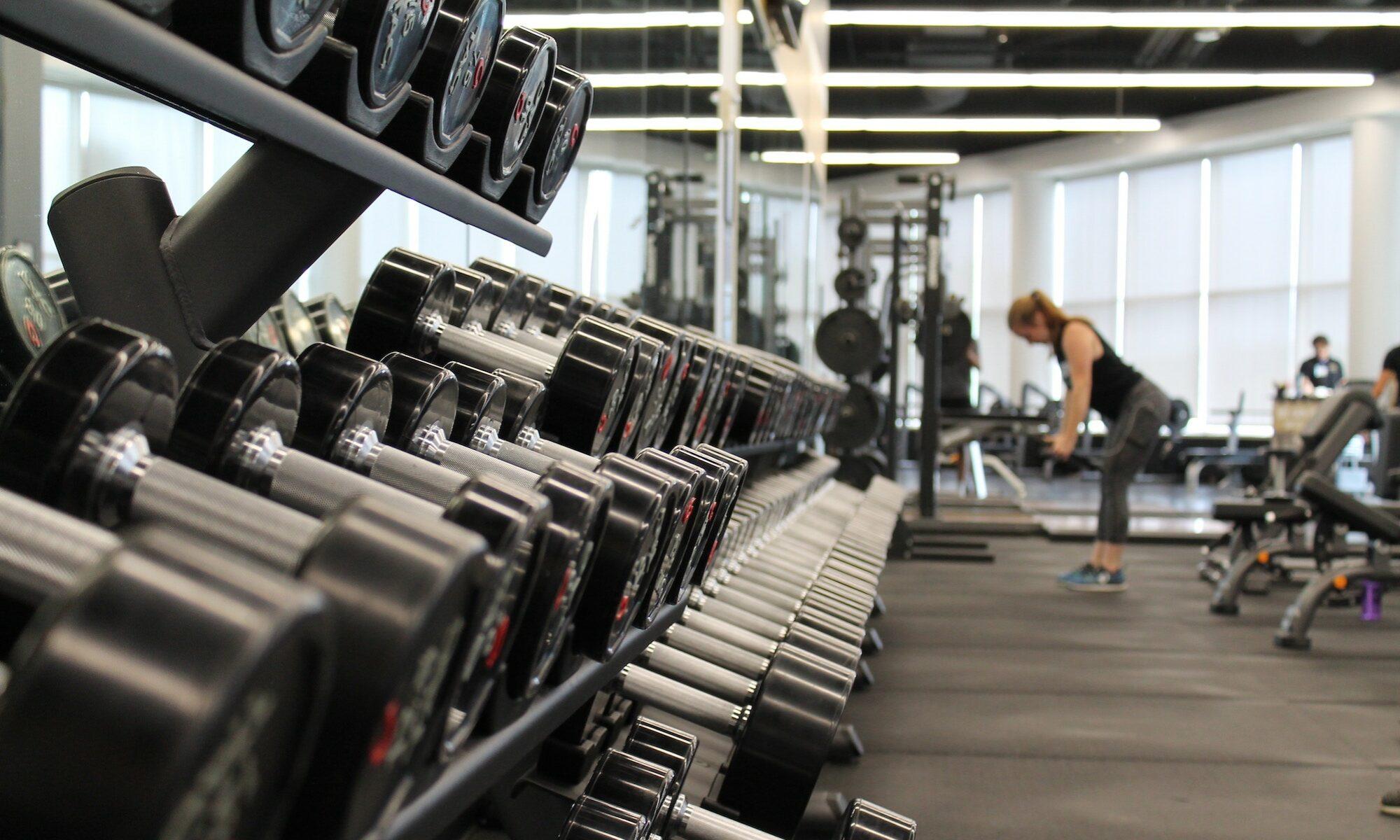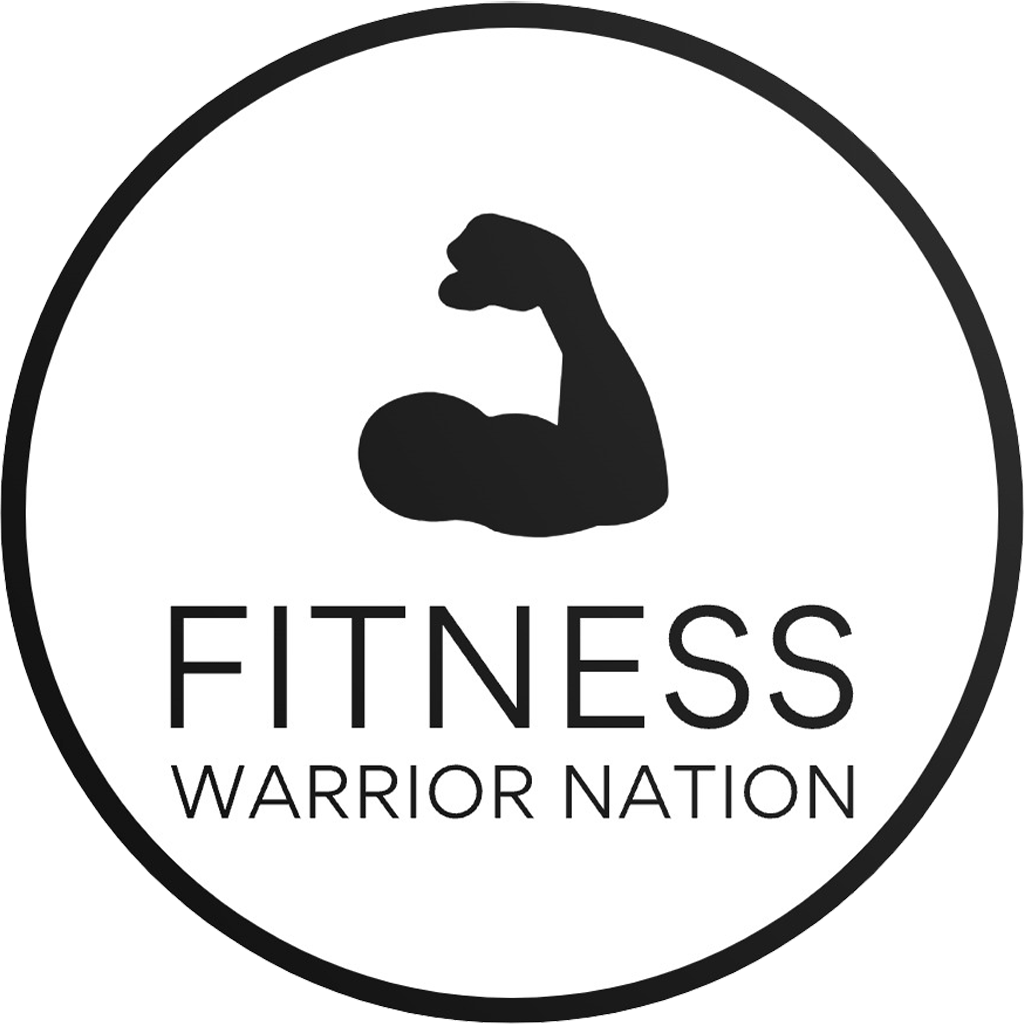Starting a fitness journey can feel overwhelming amid an influx of conflicting advice and endless workout options. In 2025, with health monitoring devices like Fitbit and Peloton becoming even more integrated into daily routines, it’s crucial to approach fitness with clarity and purpose. Whether you’re a complete novice or looking to refine your routine, understanding essential fundamentals, choosing enjoyable activities, and adopting a sustainable plan will set you up for success. This comprehensive guide explores every aspect of workout preparation and execution, ensuring you build confidence and achieve tangible results at any fitness level.
Crafting a Personalized Workout Plan for All Levels: From Basics to Peak Performance
Designing a workout plan tailored to your individual needs involves balancing various elements—exercise types, intensity, frequency, and progression. By understanding how to align these factors, you empower yourself to stay motivated and steadily improve. As many beginners tend to jump straight into intensive routines, knowing how to pace yourself can prevent injuries and burnout, paving the way for long-term adherence.
| Component | Details |
|---|---|
| Exercise Types | Strength training, cardio, flexibility, balance |
| Frequency | 3-4 days per week for beginners; 5-6 days as you advance |
| Intensity | Start low, focus on correct form, gradually increase workload |
| Progression | Incorporate more repetitions, heavier weights, or longer sessions every few weeks |
| Rest & Recovery | Include rest days and listen to your body’s signals to avoid overtraining |
For beginners, a simple yet effective starting point is to integrate basic exercises like bodyweight squats, push-ups, walking, and stretching. Over time, add complexity through resistance equipment, interval training, or group fitness classes such as those offered by SoulCycle or Beachbody programs. Advanced trainees can introduce plyometrics, heavier weights, or HIIT sessions to break plateaus and stimulate continued growth.
Optimal Exercise Selection: Combining Strength and Cardio for Holistic Fitness
While many new exercisers face the dilemma of choosing between weightlifting and cardio, the truth is that integrating both provides comprehensive benefits. Cardio improves heart health and aids fat loss, while strength training models muscles and boosts metabolism. Developing a balanced routine ensures your body adapts efficiently, enhances endurance, and prevents boredom.
- Cardiovascular Activities: Running, cycling, swimming, rowing, or brisk walking. These activities burn calories efficiently and elevate cardiovascular health.
- Strength Exercises: Dumbbell workouts, resistance band routines, bodyweight movements, or machine-based lifts. These incrementally build muscle mass and increase resting metabolic rate.
- Flexibility & Balance: Yoga, Pilates, and stretching help reduce injury risk and improve posture.
Consider a weekly schedule that combines three cardio sessions with two or three strength workouts. For instance, alternating days between light jogging and resistance circuit routines can increase overall fitness without overwhelming your body. Advanced athletes might explore specialized classes like Peloton’s guided cycling programs or Reebok’s functional training for added variety and challenge.
The Best Workout Environments: Home Gyms vs. Commercial Gyms
Choosing where to exercise significantly affects motivation, consistency, and convenience. Each environment offers unique advantages and potential drawbacks, especially in 2025 when virtual workouts and personalized training have become integral to fitness.
| Feature | Home Gym |
|---|---|
| Convenience | Workout at any time; no commute; ideal for busy schedules |
| Equipment | Basic setup—dumbbells, resistance bands, yoga mats, and a stability ball |
| Cost | Initial investment but long-term savings compared to gym memberships |
| Social Aspect | Less social motivation; may require virtual group classes or online trainers |
| Privacy & Comfort | Full control over environment and workout routines |
| Commercial Gym | |
| Equipment Variety | Access to the latest machines, free weights, and group classes like those by Nike or Adidas collaborations |
| Expert Guidance | Availability of trainers, personalized plans, and workshops |
| Community & Motivation | Potential for social engagement, accountability, and group challenges |
| Cost | Membership fees; can be more expensive over time |
| Schedule Flexibility | Limited by gym hours but can be optimized with online booking systems |
Deciding between these options depends on individual preferences, lifestyle, and budget. A middle ground, such as hybrid routines combining home workouts with occasional gym visits or virtual classes, offers flexibility and continual motivation. For those seeking extra structure, multiple platforms like Planet Fitness or boutique fitness studios can complement home routines effectively.
Executing Proper Form and Technique: Your Key to Safe and Effective Workouts
Without correct exercise form, even the most intense routine can lead to injuries or suboptimal results. In 2025, wearable technology like Fitbit guides and augmented reality coaching are becoming invaluable tools to reinforce proper technique remotely.
- Warm-Up & Cool-Down: Always start with light cardio and dynamic stretching to prepare muscles and end with static stretches to relax joints.
- Engaging Core & Maintaining Posture: Keep abdominal muscles tight to support the spine. For example, during squats or deadlifts, proper alignment minimizes strain.
- Controlled Movements: Perform exercises slowly, focusing on muscle engagement rather than speed or weight alone.
- Breathing Technique: Inhale during eccentric (lowering) phases and exhale during concentric (lifting) phases to optimize performance.
Using smartphone apps or fitness wearables, you can receive real-time feedback on your form, ensuring safety and efficiency during every rep. For instance, when doing lunges or push-ups, maintaining proper foot placement and hand alignment is crucial for preventing strain and maximizing muscle activation. Consulting with trained professionals via virtual sessions can further refine technique and tailor your workouts to personal needs.
| Common Mistakes | Correct Technique |
|---|---|
| Rounding the back during deadlifts | Keep spine neutral, engage core muscles |
| Using momentum in bicep curls | Control weight, focus on muscle contraction |
| Overextending the knees in squats | Maintain knee alignment with toes, avoid locking knees |
| Not breathing properly | Coordinate breath with movement, exhale on exertion |
| Neglecting warm-up and stretching | Prepare muscles and prevent injuries through routine prep |
Gear Up for Success: Apparel, Equipment, and Tech for Effective Training
The right gear enhances comfort, safety, and motivation. Major brands like Nike, Adidas, and Under Armour continue to innovate in athletic apparel tailored to specific activities and climates. In 2025, smart wearables integrate seamlessly into workout routines, tracking performance metrics and offering personalized advice.
- Clothing: Breathable, moisture-wicking fabrics support movement and prevent chafing. Layers can help adapt to temperature changes inside gyms or outdoor settings.
- Shoes: Supportive, impact-absorbing footwear suited to your activity—running shoes from Nike, trail shoes from Reebok, or cross-trainers from Under Armour—are crucial for injury prevention.
- Equipment: Resistance bands, dumbbells, stability balls, and mats serve most beginners’ needs. More advanced users might explore kettlebells, suspension trainers, or smart equipment connected to fitness apps like MyFitnessPal for data tracking.
- Tech Gadgets: Heart rate monitors, smart watches, and augmented reality coaching with platforms like Peloton or Fitbit help optimize your effort and tailor your plan.
Choosing the appropriate gear can dramatically improve workout quality. Investing in high-quality apparel and reliable equipment from well-known brands ensures durability and comfort. Additionally, effective tracking via apps enhances accountability and helps you stay committed to your goals.
Frequently Asked Questions About Workout Guides for Every Fitness Level
- How do I start a workout routine if I am a complete beginner?
- What is the best way to prevent injuries during workouts?
- How often should I vary my workout routine?
- Can I achieve my fitness goals working out at home?
- What diet tips should I follow alongside workout routines?


